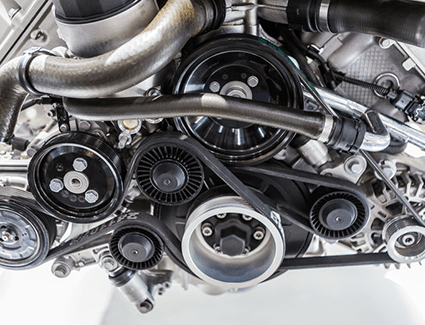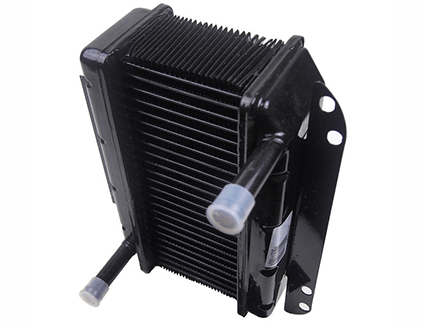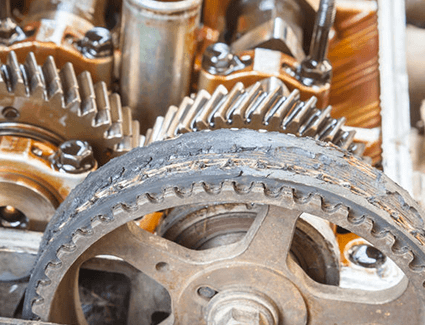Belts and Hoses in Your Volkswagen: 4 Things You Should Know

The engine in your Volkswagen likely contains a number of belts and hoses made out of a tough rubber compound. While these parts are engineered to be long-lasting, the fact that they're made from rubber still means that they'll need special attention. On this page, we'll take a closer look at the belts and hoses in your engine, as well as what you'll need to take care of them.


4. What Hoses Does Your Engine Have?
Hoses are a vital part of your engine's cooling system. Upper and lower radiator hoses are responsible for carrying the coolant to and from the radiator, and heater hoses carry coolant to and from the heater core. Since hot coolant flows through these hoses, they have to deal with a lot and will eventually begin to break down. Regular inspection is vital if you want to avoid failure.
Your Volkswagen likely has other rubber hoses, including brake lines and vacuum hoses. Fuel lines are also sometimes made of a rubber compound, though this is not always the case.
3. What Belts Does Your Engine Have?
If you're driving a classic car, the engine may be equipped with numerous V-belts that control different accessories. You may have one V-belt in charge of the alternator, another in charge of the A/C compressor, another in charge of the power steering pump (if your car is equipped with one), and so on. But this isn't the case with most modern vehicles. Instead, they tend to have a single serpentine belt, which is also known as the accessory belt. Instead of multiple belts controlling multiple systems, the serpentine belt runs all of the accessories.
There's also a good chance your VW may have a rubber timing belt. However, some models are instead equipped with timing chains. These are made of metal and do not require regular replacement like timing belts do.
2. How Can I Check the Health of My Vehicle's Belts & Hoses?
The best way to check this is to bring your Volkswagen to an authorized service center for an inspection. This is because some belts are difficult to access and check. However, there are some belts and hoses that you can check on your own between inspections. Open your hood when the engine is cool and find the radiator and heater hoses. Squeeze these hoses near the clamps and take note of how they feel. Are they firm? If so, that's a good sign. But if they're mushy or soft, it's a sign that they may need to be replaced soon. And of course, if you see any visible cracks anywhere along the hoses, they should be replaced. A visual inspection is also a good way to inspect the serpentine belt.


1. Are Belts & Hoses Hard To Replace?
The difficulty of changing a belt or hose varies. For example, changing a serpentine belt isn't as difficult as changing a timing belt, since the timing belt is buried deep within the engine. However, despite the varying levels of difficulty, they're all difficult, and many require special tools. This is why we don't recommend changing any belts or hoses as a DIY task unless you're extremely knowledgeable.


